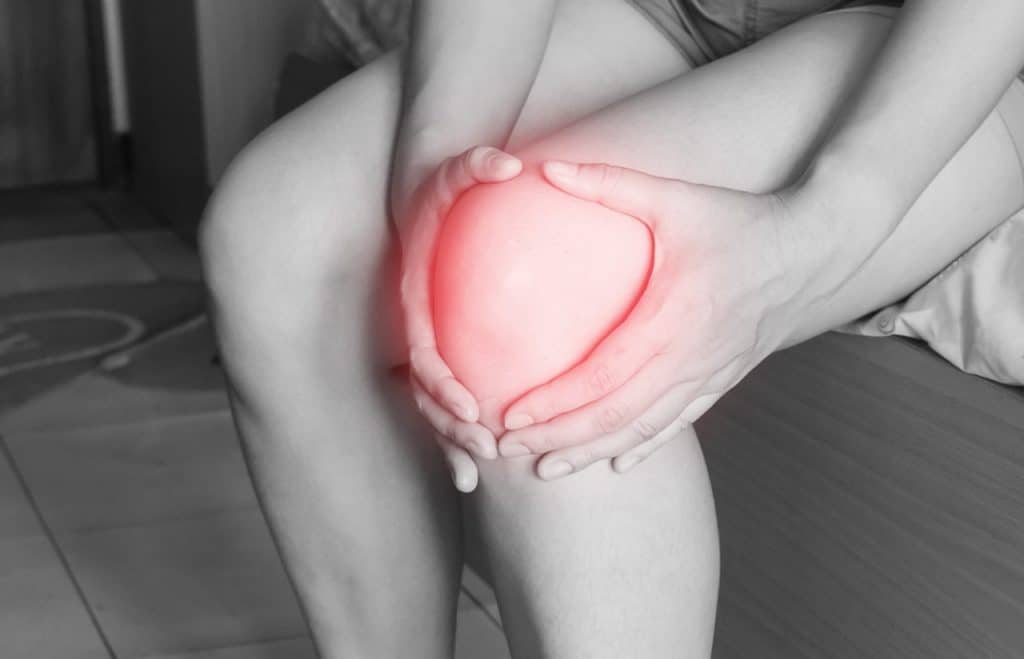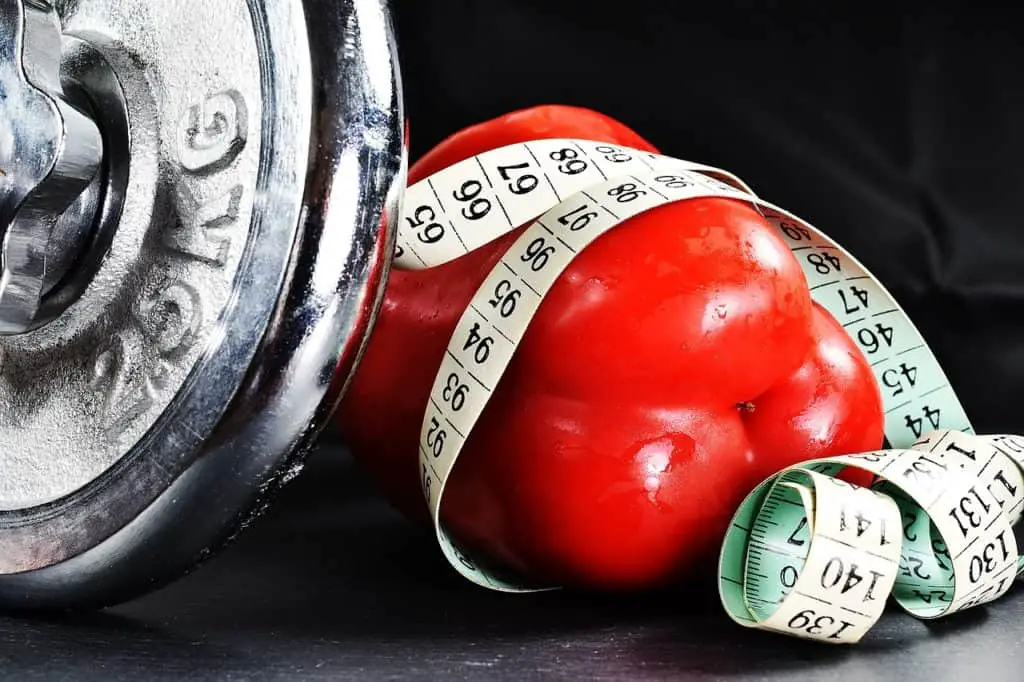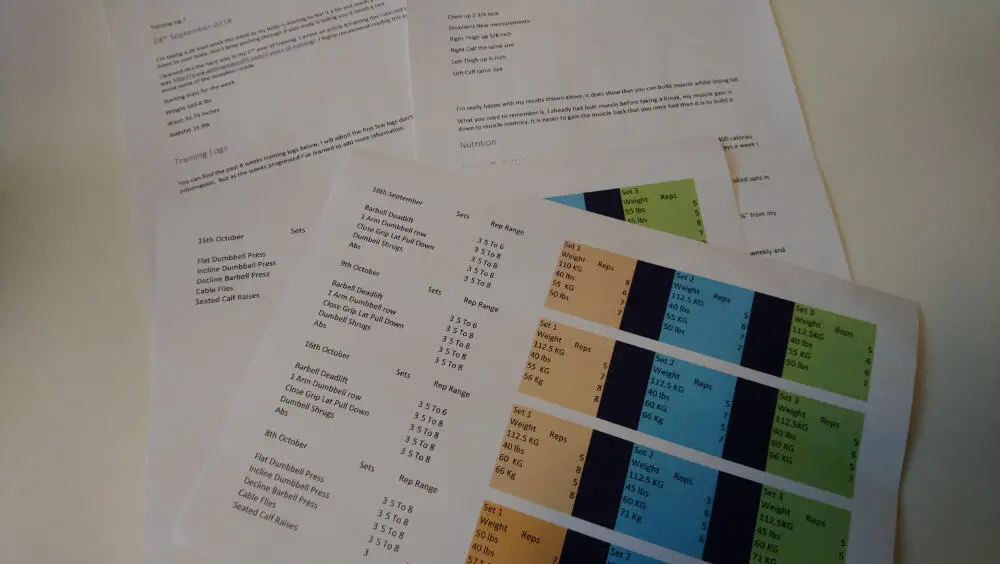OK, it’s been a bit longer than 2 years of training. But today, I wanted to write about my successes and failures in my first 2 years of training.
The first 11 months went well. In the first 6 -7 months of cutting, I dropped 10% body fat while gaining a bit of muscle.
I went into maintenance mode for August 2016 and then started bulking in September 2016.
The bulk was going nicely, gaining muscle with not too much fat, until November 2016. One of my colleagues came back from a business trip to the US with lots of treats.
For some reason, I tucked in – then December was here, and the mince pies came out, and the body fat increased. This was the start of a terrible 2nd year of training.
What went wrong in my training? The last 2 months of 2016 Dirty Bulking. In 2017 mini cuts, mini bulking, injuries because I did not listen to my body and not taking measurements. I had been a fool and messed up.
Now I want to go into a bit more detail regarding my first 2 years of training and hopefully help you avoid making the same mistakes that I made.

Cutting
When I started training back in January 2016, I was motivated, and this time wanted to be consistent in my training.
I was determined to see this through; my goals were set. It’s helpful to set realistic goals.
To help with your goals here are some pointers:
- If you can afford it, pay for your gym membership annually.
- Start with small goals, for example, be consistent in going to the gym
- Set a short-term goal, maybe something like I want to lose 5 – 10 lbs or drop 5% body fat or put on 5lbs of muscle.
- Set a goal for tracking your progress
The above are great ways of helping you stay motivated, as the goals are short-term. Once you’ve got into your training, set some medium and long-term goals.
I followed the above method while performing my initial cut. In some cases, it is possible to reach your short-term goals a lot quicker than you expected. For example, I set a goal to get to 15% body fat by June – July 2016. I managed to get down to 10 – 11% body fat.
Setting short-term goals helps.
Maintaining
Maintaining is a term used for when you’re trying to stay the same weight. I only spent 1 month in Maintenance.
When it comes to maintenance you intake the number of calories your body needs to maintain your current weight.
That being said, you can gain muscle at a slow rate and drop the body fat whilst Maintaining. It will take you longer to drop body fat this way than you would if you were cutting.
It will also take longer to gain muscle compared to if you were bulking.
- Intake the number of calories your body needs to maintain your current weight
- It is possible to put on muscle at a slower rate
- It is possible to drop your body fat at a slower rate.
Bulking
When you bulk, you will want to eat as cleanly as possible. With me, I started out really well-performing a clean bulk.
I stuck to my calories and macros.
Too many people get into the bad habit of dirty bulking (this includes me, I was such a fool), this is where you don’t really care about the nutrients that you’re eating.
With Dirty bulking you just try and eat as much food as possible and most of the time overeat.
Where did it go wrong? Well for me it started with a colleague coming back from America with lots of goodies, my mindset was I’m doing really well I can afford to treat myself.
Thinking like this is a really bad way of thinking, as from my experience it gets out of control way too easily because these treats lead the way to overeating in December.
- Perform a clean bulk and stick with your calories and macros
- Stay away from dirty bulking, you will put on way too much fat
- The average male can put on 0.24 – 05 lbs of muscle per week
- The average woman can put on 0.12 – 0.25 lbs per week
Mini Cutting
I’m not saying performing a mini cut does not work I gave myself 6 – 8 weeks. I set myself an unrealistic goal of dropping 10 lbs without losing any muscle.
As I mentioned above you need to set realistic goals, and I ignored my own advice. When performing a mini cut, you should really be within a couple of % body fat.
For example, let’s say you want to be 11% you don’t really want to be above 13 – 15% body fat when you start your cut if you only have a short time frame for cutting.
I’m not saying it cannot be done starting with a slightly higher body fat percentage, but it will be a lot harder and you will need to be spot on with your nutrition.
I did not track my calories or macros, I thought I knew best and just blagged it. A big silly mistake by me.
Tips for Mini Cutting
- When cutting you will lose some muscle.
- For a short cutting period, you don’t want to start from a high body fat percentage.
- Track your nutrition
- Be realistic with your targets, every time you cut it does get a bit harder.
- Plan your mini cuts goals based on body fat percentage instead of a weight goal.
This was the start of my 2nd year of training and I had a really good start to 2016 by losing 10% body fat. I thought I knew best, and knew what I was doing.
I ignored everything I had learned. Please don’t make the same mistake I made. I’ve come to realize that when it comes to training and eating healthy you’re learning every day.
If you don’t get your cuts right when it comes to nutrition and tracking your progress, it is all too easy to lose more muscle than you intended to, and I’m talking from experience here.
Mini Bulking
Mini bulk cycles can work if done properly. The mistake I made was to set a time frame on my bulk between 2 – 3 months.
The problem with using a time frame for bulking and a short one at that is that you could get into the mindset of I don’t have much time to bulk and you can end up rushing things and not keeping track of your progress.
The other downside is you can place too much strain on your body and as you get older you do need to listen to your body as it is all too easy to end up injuring yourself.
There have also been studies to show that once you get past 16 – 17% body fat it gets a lot harder to put on muscle. It’s a lot easier to put on muscle when starting from 10% body fat.
Many studies suggest if you’re wanting to bulk and cut. It is best to bulk up to 15-16% body fat and then cut down to 10–12%.
If you keep to this cycle until you’re happy with the amount of muscle you have then you just have to maintain.
I did not follow the rules above and pushed too hard, did not track my progress, and did not eat properly.
Tips for Mini Bulking
- Set body fat percentage for your bulk goals do not go past 15-16%
- Don’t set a short time frame for your bulks
- Track your progress
- Monitor your nutrition
As you get older you do need to change how you think when it comes to training, I know mentally we think we’re in our twenties and we can train the same way.
But the truth is our bodies don’t work the same way our bodies take longer to recover, metabolism changes and many of us have a family which means we are constantly on the go.
Don’t let this stop you, being fit and healthy has many benefits and is worth it. It just might take slightly longer than you expected or would like.
Not Listening to Your Body
As we get older I’ve noticed it takes a lot longer to recover and it is easier to pick up injuries from not listening to your body and ignoring the signs of overtraining.
I learned this the hard way when I was cutting I could train for 8 weeks before taking a de-load week. A de-load week is when you reduce the amount of weight for a week or take a whole week off from training.
I like to take a week off from training for my de-load weeks. The problem is that if in your mind you said “I’m going to take a de-load week after 8 weeks of training” this might be fine when you are cutting, but when you bulking your body is taking more of an impact to the heavier lifts.
It could be that after 6 weeks you start to notice you’re taking longer to recover, feeling more tired than usual, or feeling aches and pains. In your head, you’re determined to do 8 weeks before you de-load and you try and push through.

This is when you could injure yourself, you need to listen to your body and bring your de-load week forward.
It won’t hurt your progress by taking rest, but it will hurt your progress and put you behind your goals if you continue to train when your body is yelling ‘I need a rest’.
If it is really bad then you should go and see your doctor to make sure you’ve not seriously injured yourself.
Tips to Avoid Injuries and Fatigue
- Take de-load weeks very 6 – 8 weeks
- If you set 8 weeks of training before you de-load but you notice around 6 weeks your recovery is taking longer or feeling more tired than normal, then take a week off
- It does not hurt your progress if you de-load earlier than expected, it does hurt your progress if you injure yourself.
- De load weeks are also a good time to reflect on your training and your progress.
I ignored this advice and ended up hurting my shoulder. This cost me training, progress, and money as I had to go and see a chiropractor.
My injury was not instant, I finished my shoulder workout without any noticeable pain or issues. When I woke up the next day this is when my shoulder really started hurting.
The shoulder injury did not only affect my shoulder workout but also any pressing exercises, for example, bench press.

Not Training Properly
There may be the odd times that you might not have the energy or feel tired, so your workout performance is not the same.
This is ok because we’re all human and we have our off days when our performance is not 100%. You may want to put in 100% but you just can not manage it, but you try your best anyway.
But this can be a problem when not training properly for every single workout or every time you feel tired the excuses come out and you end up missing sessions.
I’ve gone into workout thinking I’m tired and I don’t think this will be a good session, and it turns out to be a really good workout.
You don’t put in the effort you’re just showing up at the gym and just performing the moves.
Also, this happens if you rush through the exercises, just to get the sets finished and move on to the next exercise and so on.
When you rush through your exercises this reduces the time under tension, the longer the muscles are under tension the stronger they will get.
This will lead to bigger muscles. Jeff Cavaliere had made a really good video on YouTube about time under tension.
If you rush through your exercises the only person you’re cheating is yourself. Don’t fall into this trap.
Putting in the Effort
- Except that some days you will feel tired, but don’t make it an excuse not to go. Unless there is a health risk
- Don’t turn up at the gym and just go through the motions
- Don’t rush through your sets just to get them done.
There was a time I was going into the gym and just loading up the bar and performing just 3 -4 reps per set as quickly as I could.
For me, this did not do anything, and it felt like I was cheating myself. I lowered the weight increased the reps to 5 – 8 per set and slowed down my exercises where I could to increase the time under tension.
Measurements
There are people that never measure themselves or keep track of their progress. But I’m a firm believer that if you don’t know where you’ve been then how do you know where you’re going.
When we talk about measurements I’m on about taking body measurements, weight, and body fat percentage.
Once you have these measurements it’s important that you keep track of these measurements. This will allow you to track what’s going on and to see any patterns that might be occurring.
Whilst talking about taking measurements It’s important to know that your weight might stay the same or go up slightly but at the same time, your waist decreases. This is because it is possible to build muscle and lose fat at the same time.

Recording the measurements and taking photos’ really helps keep you motivated and on track, as it is all too easy to wander off track.
Which can lead to problems with progress, for example, losing too much weight because more muscle is lost than you intended?
Taking weekly measurements of your weight, body fat %, and waist can help you make a slight adjustment to your training or nutrition. Pick a day of the week that is best suited for you and do this first thing in the morning.
Monday morning is the best time for taking measurements as a lot of people fall off the wagon at the weekend and normally overindulge, or if you’re like me, you spend so much time rushing around and don’t eat enough.
As weekday morning is normally a rush I take my measurements on a Sunday morning as this is what works for me. You just need to figure when the best time for you is.
Tips for Taking Measurements
- Taking measurement helps you see where you need to make changes to your training or nutrition
- It helps plan realistic future goals.
- It allows you to keep track of your progress and can help keep you motivated.
- It allows you to stay on the right path to help you to achieve your goals.
Throughout 2017 I was very slack with keeping track of my measurements and I lost my way. There were times I lost too much muscle, other times I put on too much fat and there were times I was just spinning my wheels and not going anywhere.
What I learned After 2 Years of Training
As I am writing this I’m reminded that I must listen to my body, I injured myself at Karate and my body is sore and achy. I will be taking a de-load week.
After 2 years of training was I happy with my results? The answer to that question No.
Was I happy with what I had learned? Most defiantly.
The reason I was not happy with my results and progress, was that I had wasted my 2nd year of training. By making lots of mistakes, but this was a big learning curve.
I’ve made changes to the way I train, track my progress, and made changes to my nutrition. I’ve started to see the result again in my progress.
I created this site to help you avoid some of the mistakes I made. I’m sure you will make mistakes as well, as everyone’s bodies are different and what works for me might not work for you.
Please don’t let your mistakes put you off from training and reaching your goals. Learn from your mistake, pick yourself up, and continue on your fitness journey.
Even today I’m still learning ways to make my workouts even better and to get the most from them.
Here are some pointers that I hope you can take away and use yourself
Tips for Training
- Set short term, medium-term, and long-term goals
- I’m going to put this in bold as it is very important Don’t Give Up
- Listen to your body, if it tells you I need to rest, then rest by taking a week off
- Learn from your mistakes, pick yourself up and carry on
- Keep learning
- Keep a training diary for your workouts. You can view my training diary entries on my training logs page
- Track your measurements and stats, weekly weigh-ins will help
- Take pictures, this will allow you to look back and see the changes in your body
- I’m going to mention these 2 one more time. Don’t be worried about taking a rest/De load week. Don’t Give Up
I hope you found this article helpful and will be able to avoid some of the mistakes I made.
Update on my 2 Years of Training
At the beginning of 2019, I decided to give the mini cut another go. This time around I was a lot more successful. I looked back on my 2 years of training and learned from my mistakes. This time around I will perform the mini cut correctly.
I’ve documented my progress and nutrition for the 6 weeks I was on my 2019 mini cut.
Here are a few of my other articles that you might find helpful with your training and goals.
10 Awesome Meal Planning Ideas for Ideal Weight Loss
Low-Calorie Meal Preparation: The Ultimate Guide!
Why You Should be Setting Fitness Goals For Your Key to Success
What is Total Daily Energy Expenditure and How to Calculate Your TDEE





